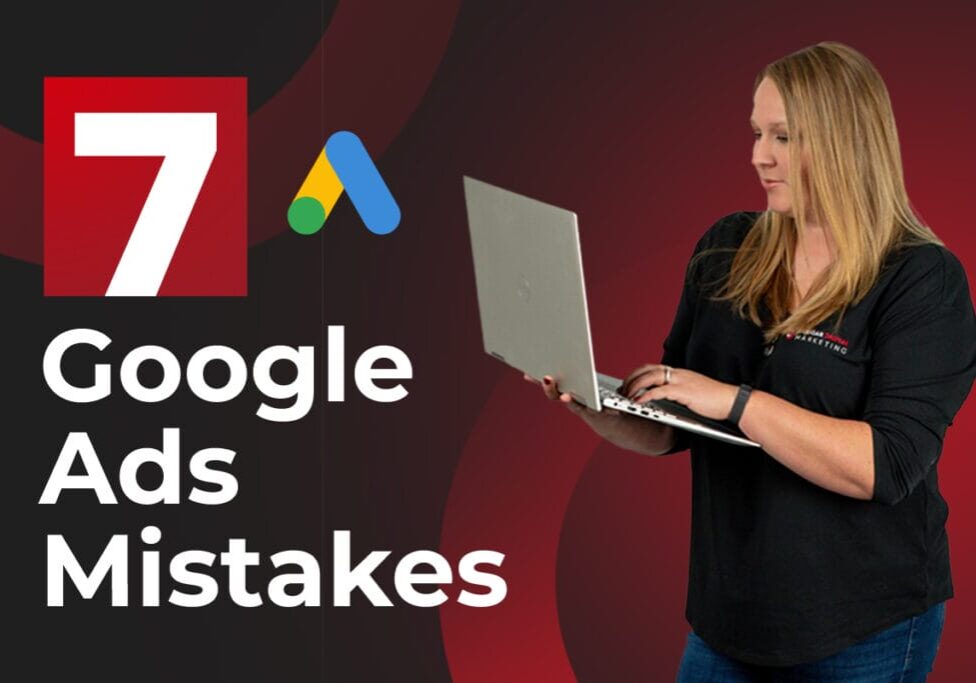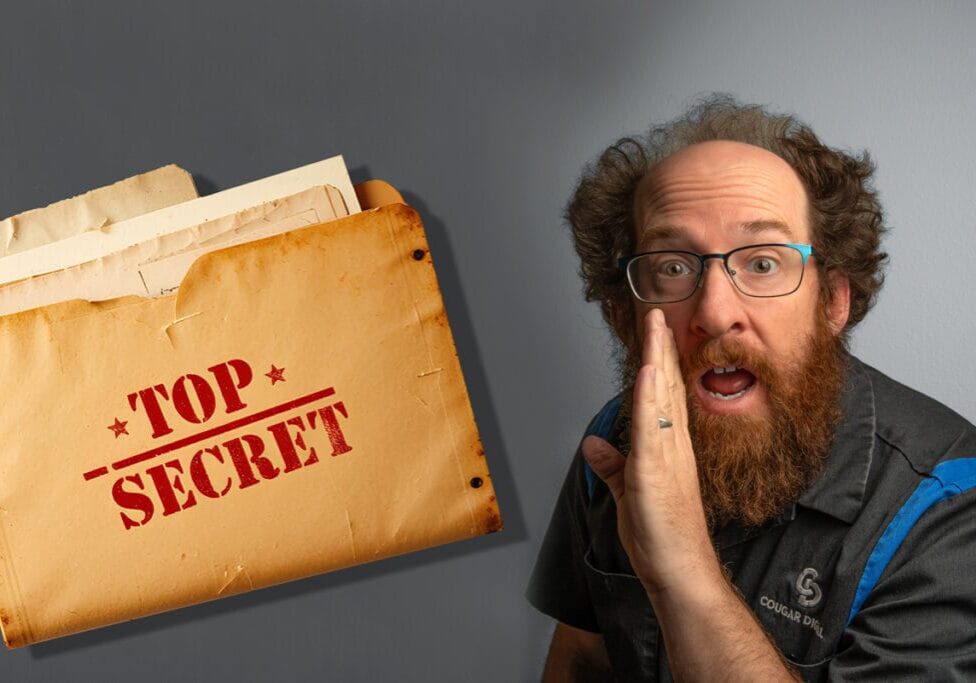SEO vs. Paid Ads: Breaking Down Digital Marketing for Small Business Owners
Let’s be real—digital marketing can feel like a cross-country road trip with no map. You hear marketing jargon like “SEO” and “PPC” and “click-through rate” thrown around like confetti, but what does it all mean at the end of the day? And, more importantly, how do you know where to put your hard-earned marketing dollars?
Let’s break it down.
What is SEO?
SEO (search engine optimization) is like the long game of digital marketing. It’s the process of improving your brand’s online presence (your website, Google Business listing, etc.) so that it naturally ranks higher in search engine results—like Google—when people search for things related to your business.
SEO is a complicated game, and anyone that offers you guarantees is pulling your leg. But there are many things that a business can do to bolster their chances of ranking higher over time.
Imagine you own a bakery. Someone nearby types “best cupcakes in Tri-Cities” into Google. If your website is optimized for SEO, there’s a good chance your bakery will pop up on the first page of results.
The Pros of SEO:
- Organic traffic is free (well, mostly). Once you’ve optimized your website, people can find you without you paying for every click.
- Long-term results. Good SEO can keep driving traffic to your website months or even years after you’ve done the work.
- Builds trust. People tend to trust organic search results more than paid ads, which can make SEO great for long-term brand building.
The Cons of SEO:
- It takes time. SEO is like planting seeds in a garden—you have to wait for them to grow. It might be months before you see results.
- It’s competitive. Everyone wants to be on the first page of Google, so standing out can be tough, especially in crowded industries.
- It requires ongoing work. SEO isn’t set-it-and-forget-it. Google’s algorithms change, and so does your competition. If you don’t have the time to put in to SEO yourself, you may consider paying an agency to do it for you.
What is Paid Online Advertising?
Paid online advertising is more like the “fast-pass” of digital marketing. You’re paying to show up at the top of search results or in people’s social media feeds immediately. Google Ads, Facebook Ads, Instagram Ads, video streaming ads, and display banners are all examples of paid ads.
Let’s go back to that bakery example. Instead of waiting for your SEO efforts to kick in, you can pay for an ad that appears at the very top of Google’s search results when someone types “best cupcakes in Tri-Cities.” You pay every time someone clicks on the ad. You can also place ads on social feeds and across websites and apps to get your brand in front of cupcake lovers everywhere.
The Pros of Paid Ads:
- Instant results. Your ad goes live, and boom, you’re at the top of the page.
- Highly targeted. You can choose exactly who sees your ads based on things like location, age, interests, and even their recent online behavior. If you know your audience, paid ads can put your brand right in front of them.
- Easier to track ROI. With tools like Google Analytics, you can easily see how many people clicked on your ad and how much business it brought in.
The Cons of Paid Ads:
- It costs money (duh). You pay for each click or impression, and costs can add up quickly.
- The results disappear when the budget dries up. Unlike SEO, paid traffic stops the moment you stop paying.
- Ad fatigue is real. People get tired of seeing the same ad over and over, and might even ignore it.
So…Which is the Best Option for Your Business?
The truth is, both SEO and paid advertising have their place in a small business marketing plan. And in a perfect world, you’d be putting time, effort, and money behind both efforts.
However, we know that’s not always doable for every business. Here’s how you can decide which to prioritize:
- You need traffic ASAP: If you’re launching a new product or just starting out, paid ads are your best bet to get eyeballs on your business fast. You can set your budget and start seeing results almost immediately.
- You want to build long-term visibility: If your goal is to grow steadily and build trust over time, SEO is the way to go. It will take longer to see results, but once you do, it can keep working for you without ongoing costs.
- Your budget is tight: SEO might be better if you’re in it for the long haul and don’t have cash to throw at ads. But if you’ve got a bit of budget to invest and want to see quick results, paid ads will get you there faster.
- You’re in a competitive market: If every one of your competitors is running paid ads, it might be hard to get noticed without doing the same. You can also balance this by building a solid SEO strategy for the future.
SEO or Paid Ads—You Don’t Have to Choose
In the great debate of SEO vs. paid ads, the answer isn’t either/or—it’s both. Start by thinking about your business’s immediate needs and long-term goals. If you need traffic now, invest in ads. If you want to build trust and visibility over time, start with SEO.
The real magic happens when you use both together. Let paid ads bring in quick wins while SEO helps you grow and stay relevant in the long run.
Ready to get started? Reach out to schedule a chat with our team, and let’s talk about how to get your business in front of the right people.
Share This Post

Sign up for a FREE 1-hour marketing analysis & consultation!
We'll Cover:
-
Business Goals and Challenges
-
Current Marketing Efforts
-
Target Audience and Market Insights
-
Competitor Analysis
-
Customized Growth Opportunities












